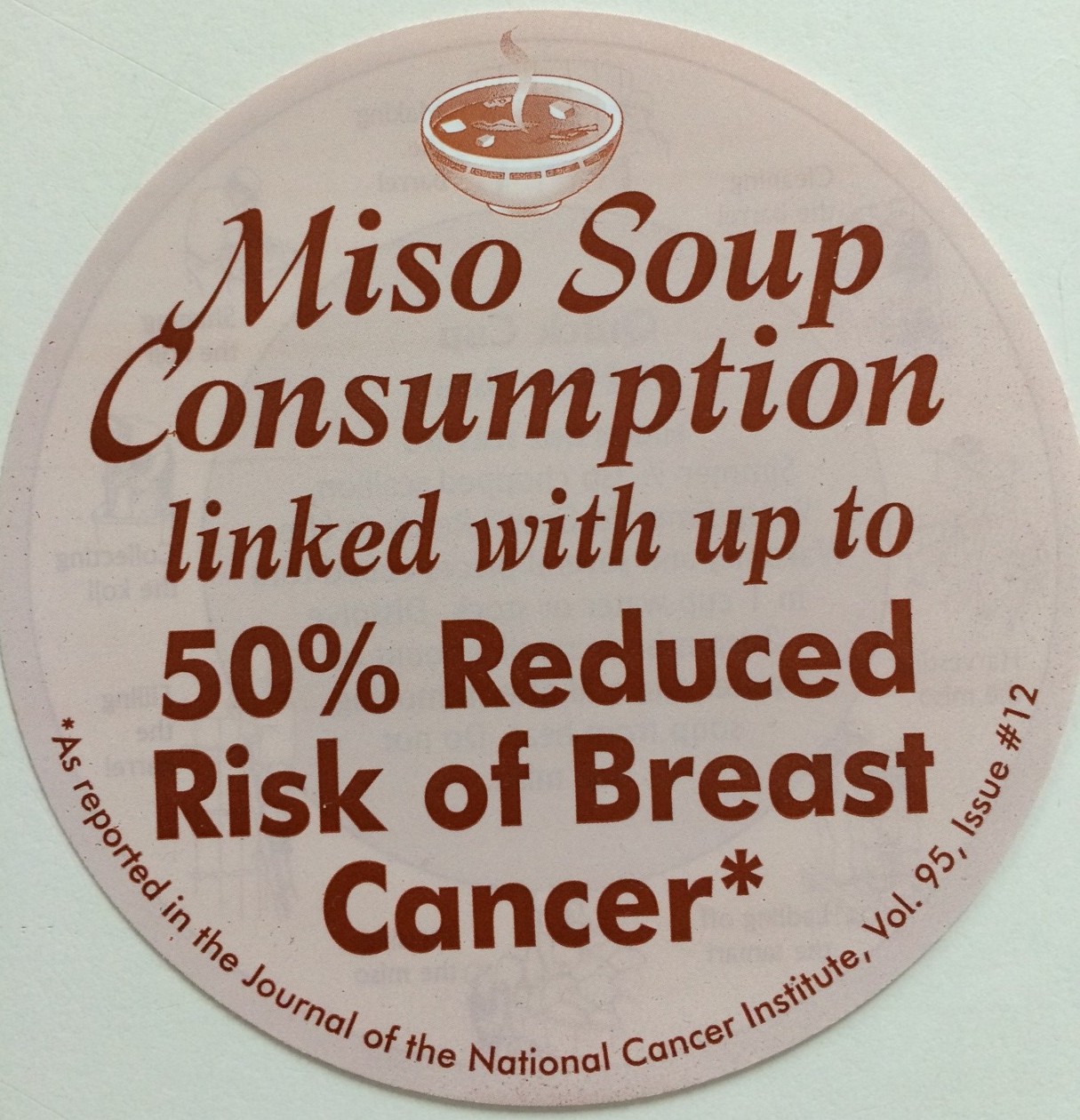I was dismayed but not surprised by the recent news of mammography’s failings. As most of you know, per the NYT “one of the largest and most meticulous studies of mammography ever done…added powerful new doubts about the value of the screening test [mammography] for women of any age.”
But what shocked my socks off was the headline appearing in the same paper less than a week later “A Fresh Case for Breast Self-Exams.” The upbeat article highlighted what the writer called the study’s “nugget of hope,” which was that physical breast exams may be “as good as or better than regular mammograms.”
I hear the ’80s calling. They want their breast cancer screening method back.
Previous studies indicate breast self-exams are no better than mammography when it comes to stemming the tide of breast cancer deaths. I covered the topic for Time in 2008. The Cochrane Collaboration (an international organization that evaluates medical research) had just reviewed studies of breast self-exam that involved nearly 400,000 women. Their conclusion? Breast self-checks had no benefit.
So, before we roll back the clock, before we go back to touching our breasts out of fear, before we give women deja vu, I’d like to hit the pause button.
Can we all please take a collective moment of silence to mourn the failed promise of mammography?
Regardless of whether you choose to believe in mammography (like Amy Robach over at ABC) or you are a dubious science reporter twice screwed by breast cancer (like me), last week’s news was a devastating blow.
Then I’d like to break the silence with a giant primal scream. Because when I think of the tens of billions of dollars spent chasing the “early detection myth,” I can’t help but think of how those billions might have made a difference for the hundreds of thousands of women who are no longer with us. And that makes me hoppin’ mad.
So. Please take a moment of silence and then follow it up with a big scream.
